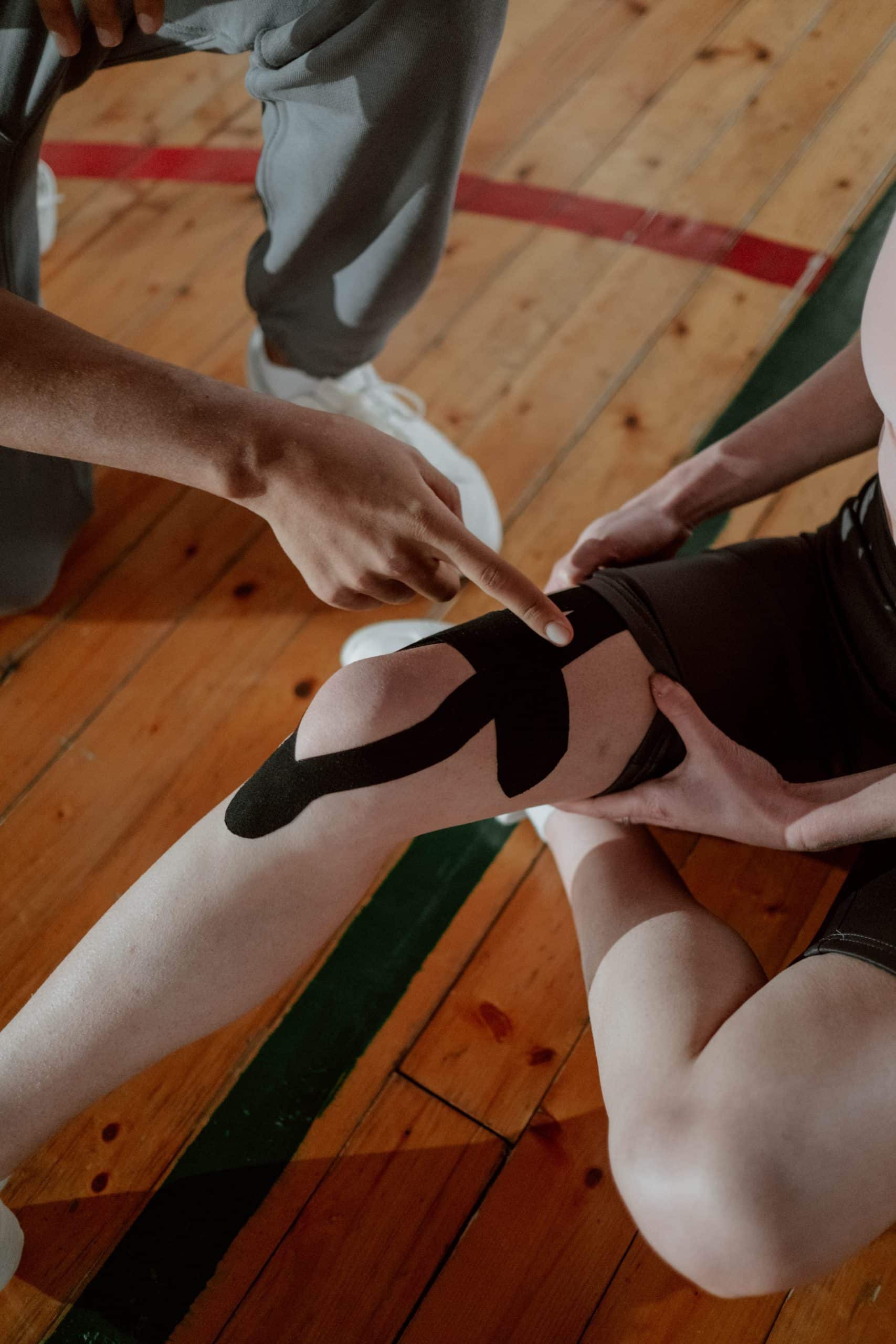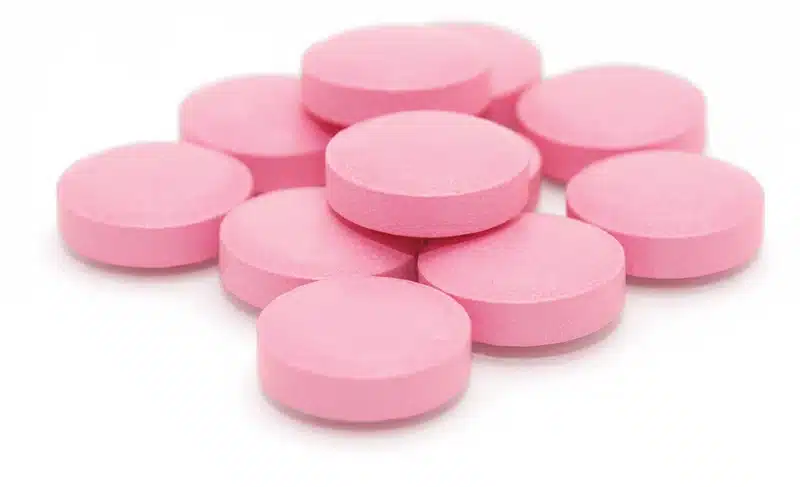Some interesting facts about our Circulatory System
The human body’s circulatory system consists of three independent systems that work together—these include the heart (cardiovascular), arteries, veins, coronary and portal vessels (systemic) and lungs (pulmonary). The circulatory system uses its massive network of veins and arteries to transport blood, oxygen and other nutrients to and from the cells in our body.
Make a fist
Want to estimate the size of your heart? Adults, clench your two fists together for an idea of the size; as for weight, this relentless pumping machine (it pumps 4,000 gallons of blood each day), weighs in at around 11 ounces.

Eye feel left out
Your heart provides nourishing blood to nearly all tissues in the body—except the corneas. Because transparency is required to properly refract light, the corneas contain no blood vessels, instead getting their nourishment from fluids in the chambers behind them.
Around the globe—2.5 times
That’s how far your blood vessels would reach, if laid out end to end in a straight line (60,000 miles). Your blood vessels—consisting of arteries, veins and capillaries—transport blood to and from the heart. The largest, your aorta, is roughly the diameter of a garden hose, while the smallest capillaries would have to team up with 10 of their friends to equal the diameter of a human hair.
Give me a minute
The time it takes for the human body’s roughly five liters of blood to circulate through the body—three times. In one day, your blood travels about 12,000 miles.
A short life, well-lived
A red blood cell—responsible for oxygen delivery and carbon dioxide removal—lives an average 120 days. Red blood cells represent about half of your blood; the rest is made up of plasma, white blood cells,
References:
http://www.nhlbi.nih.gov/health/health-topics/topics/hhw/anatomy
http://www.livescience.com/39925-circulatory-system-facts-surprising.html
https://www.nei.nih.gov/health/cornealdisease
http://learn.fi.edu/learn/heart/index.html
http://www.pbs.org/wgbh/nova/body/map-human-heart.html
http://www.nlm.nih.gov/medlineplus/ency/anatomyvideos/000104.htm










